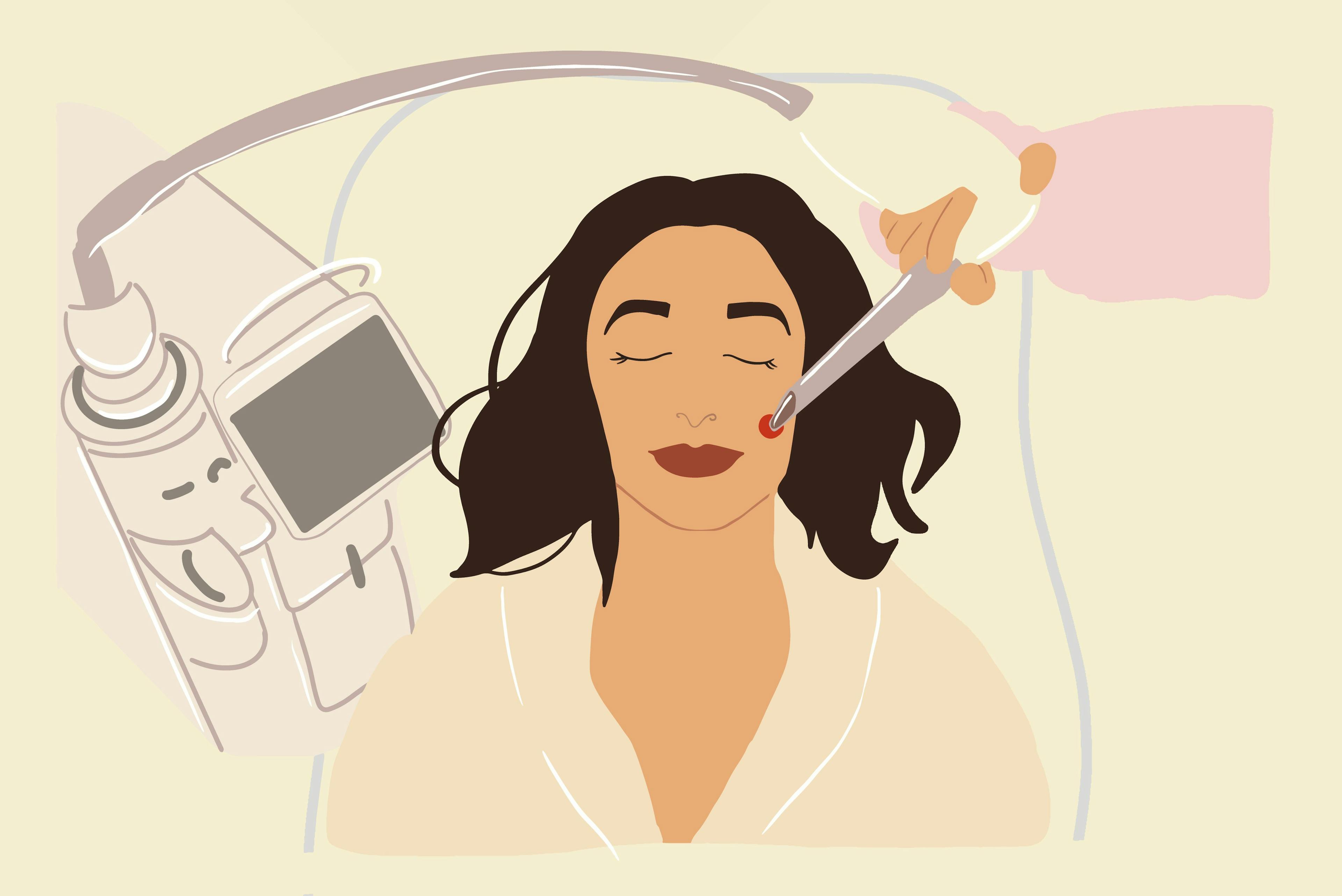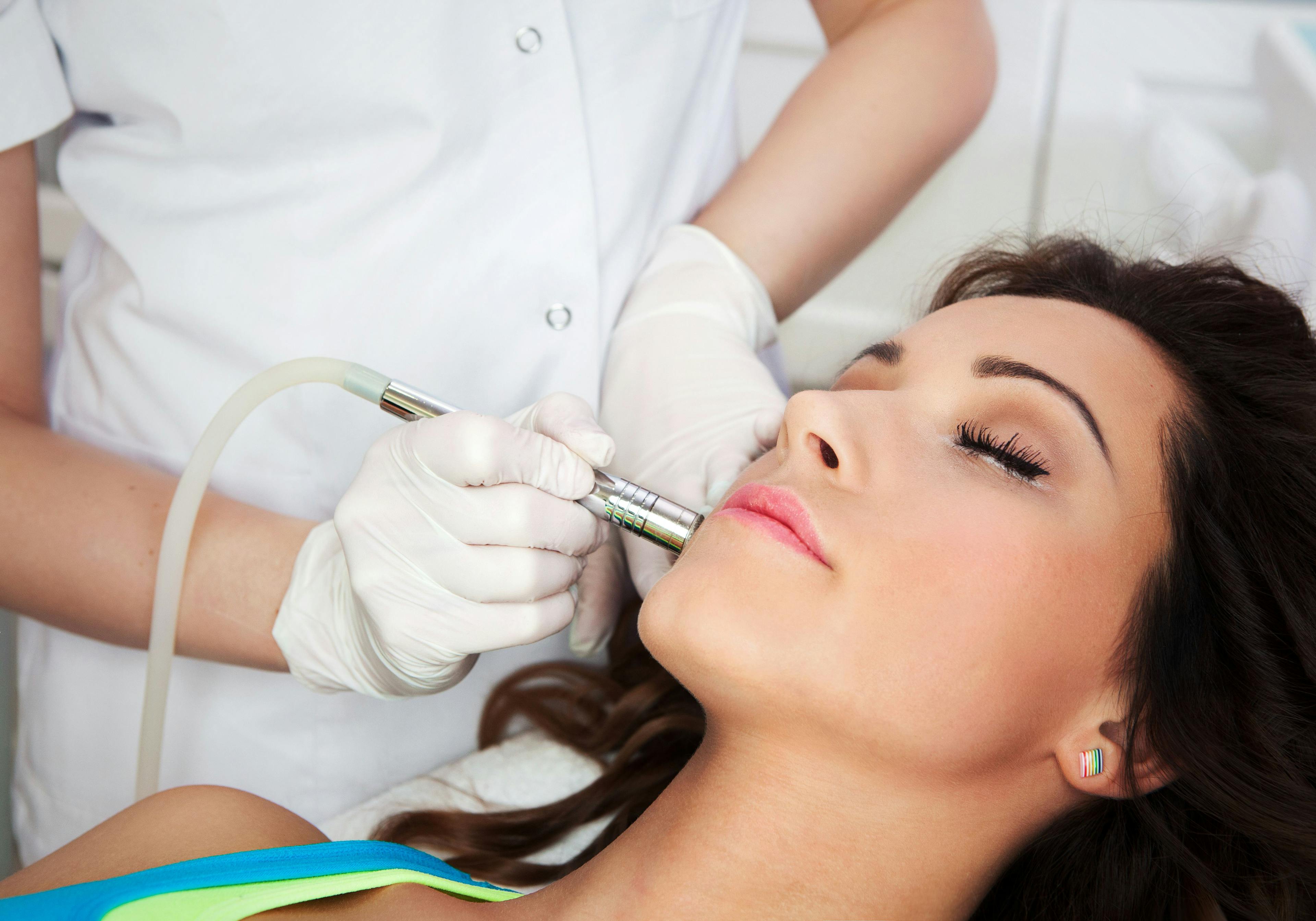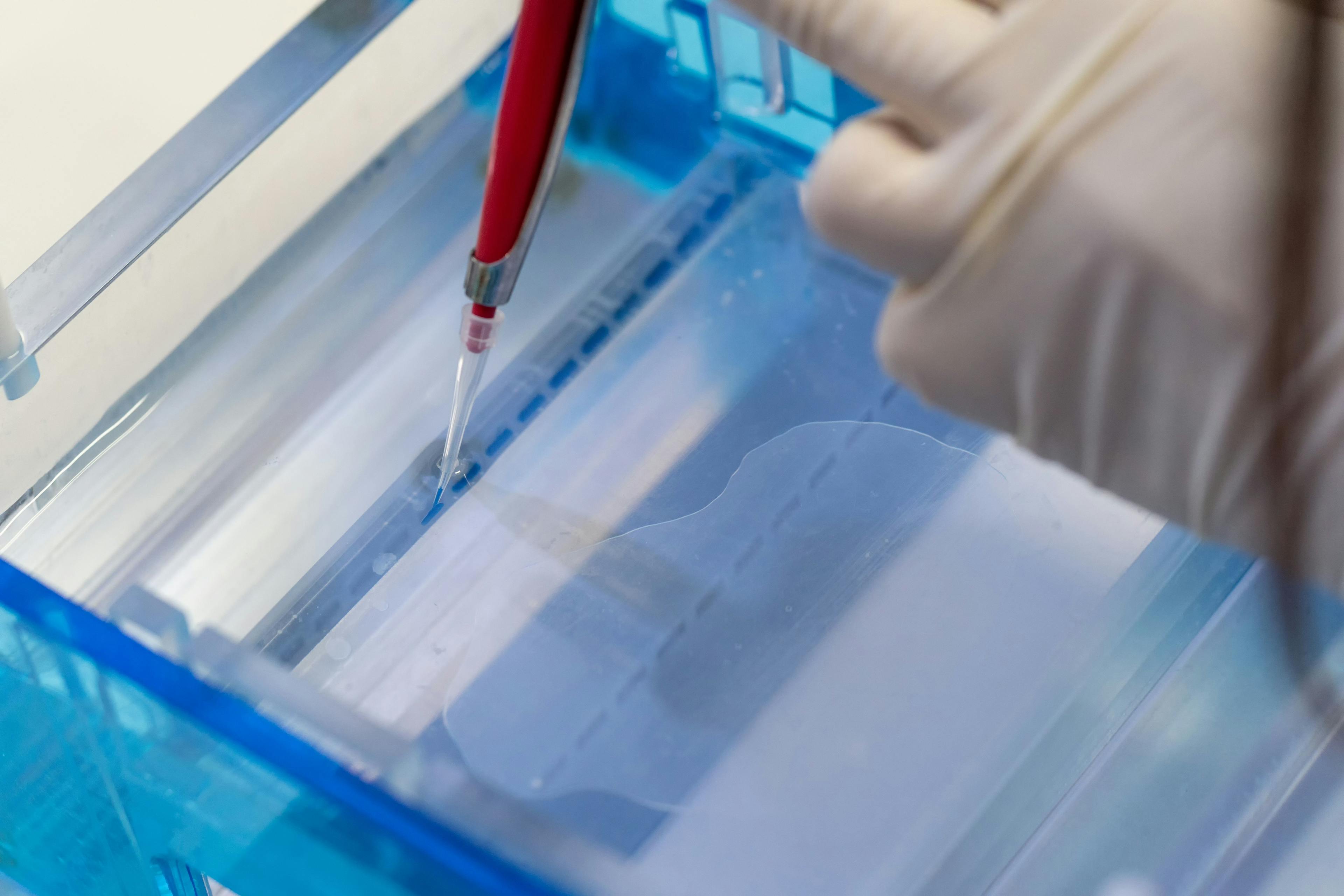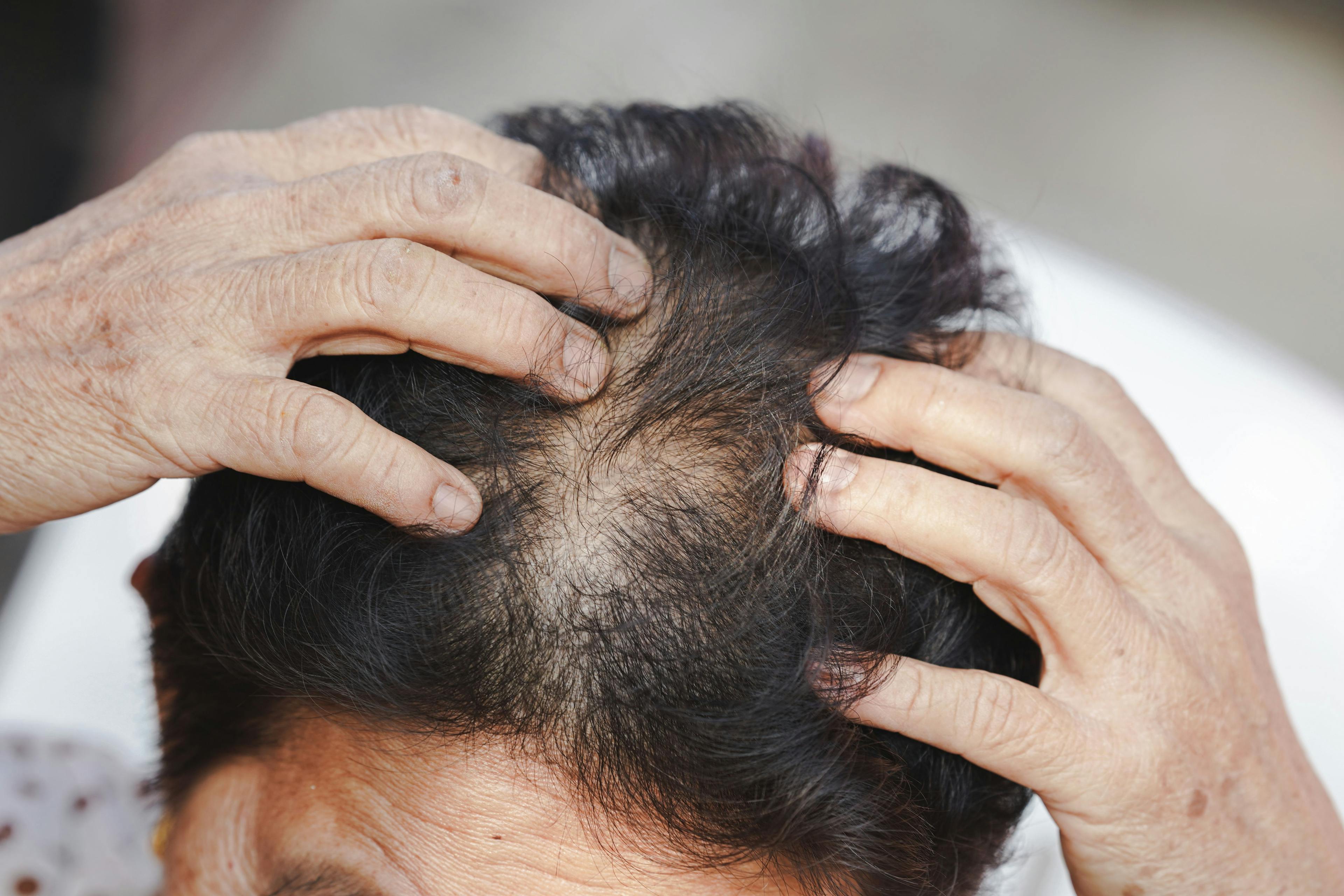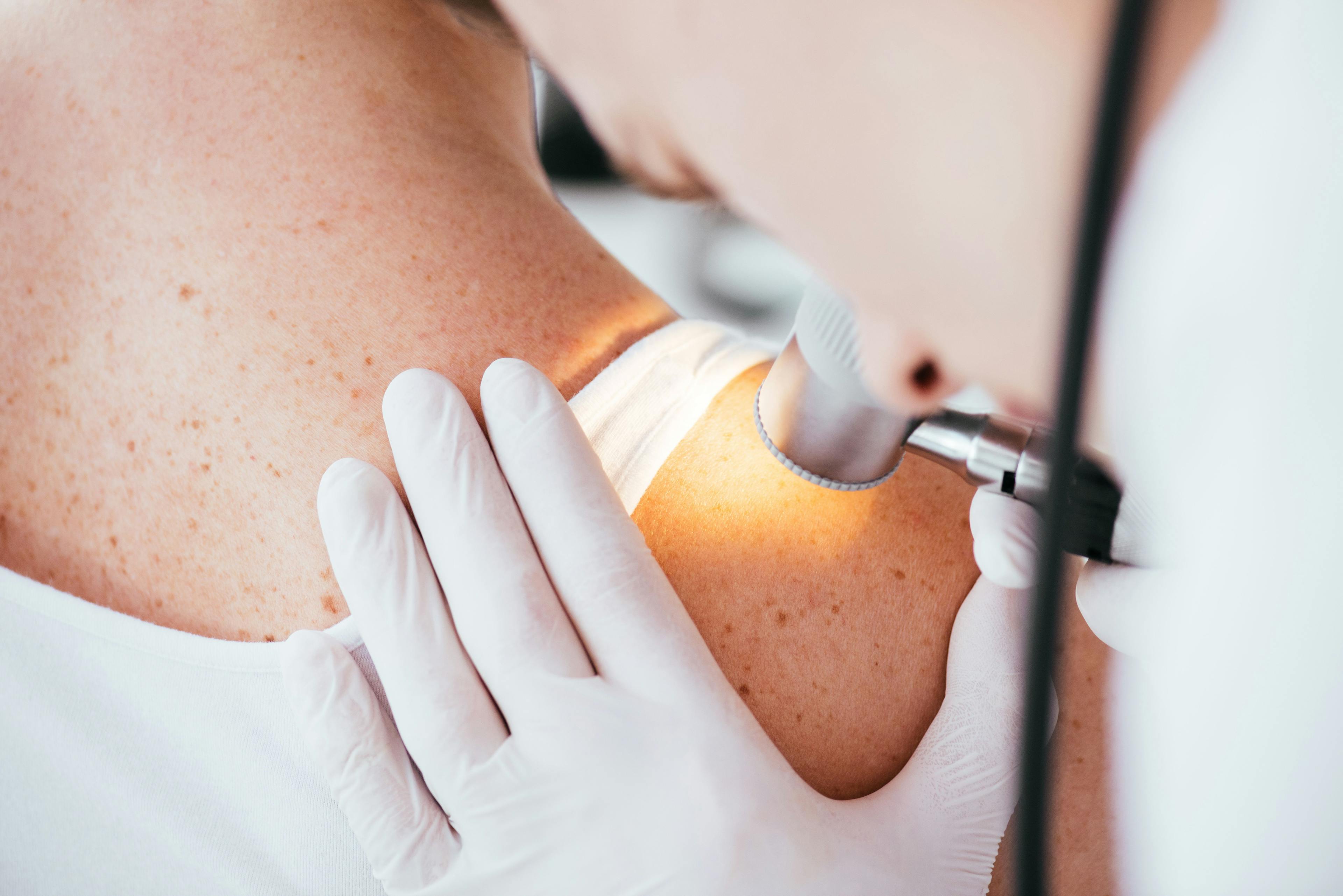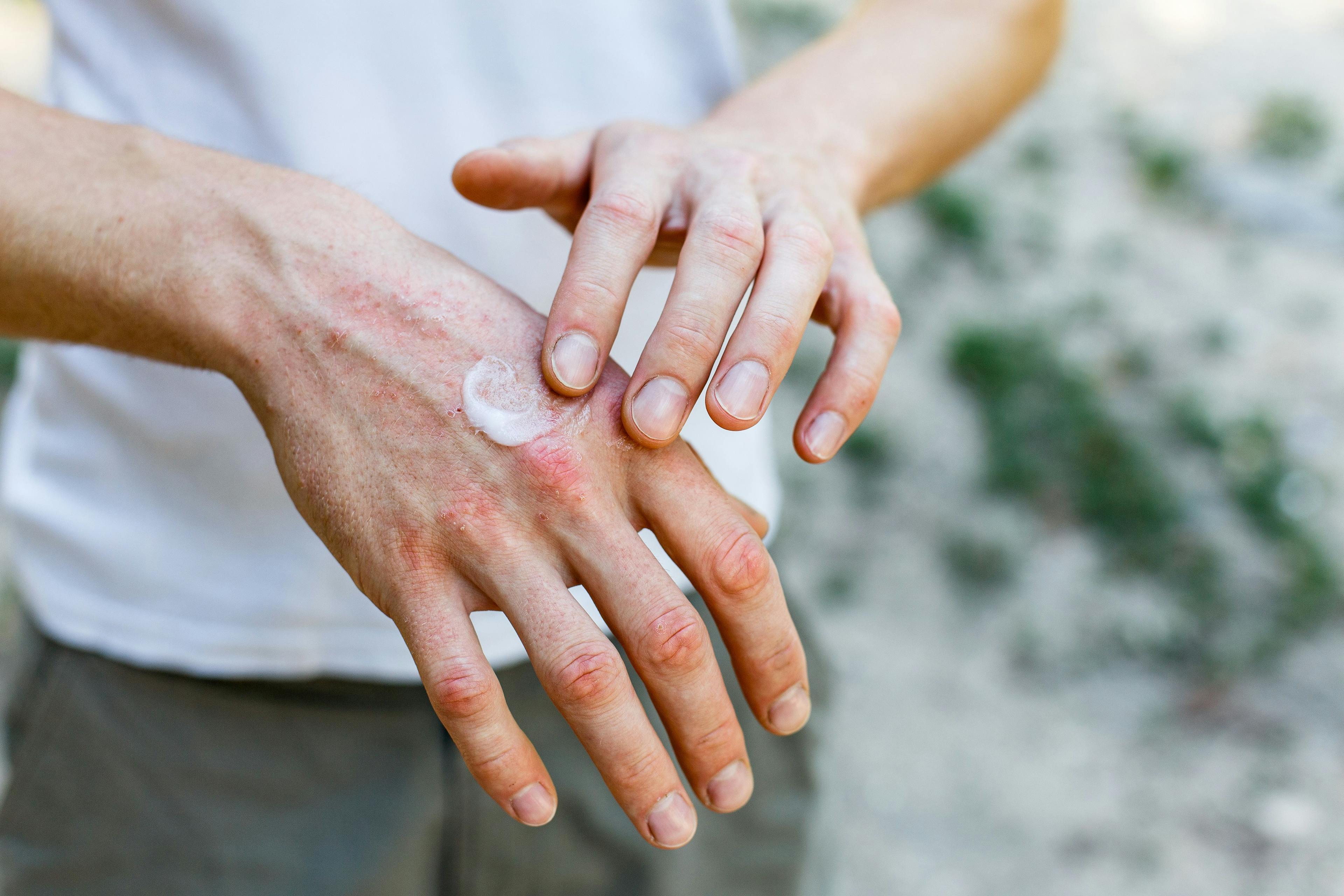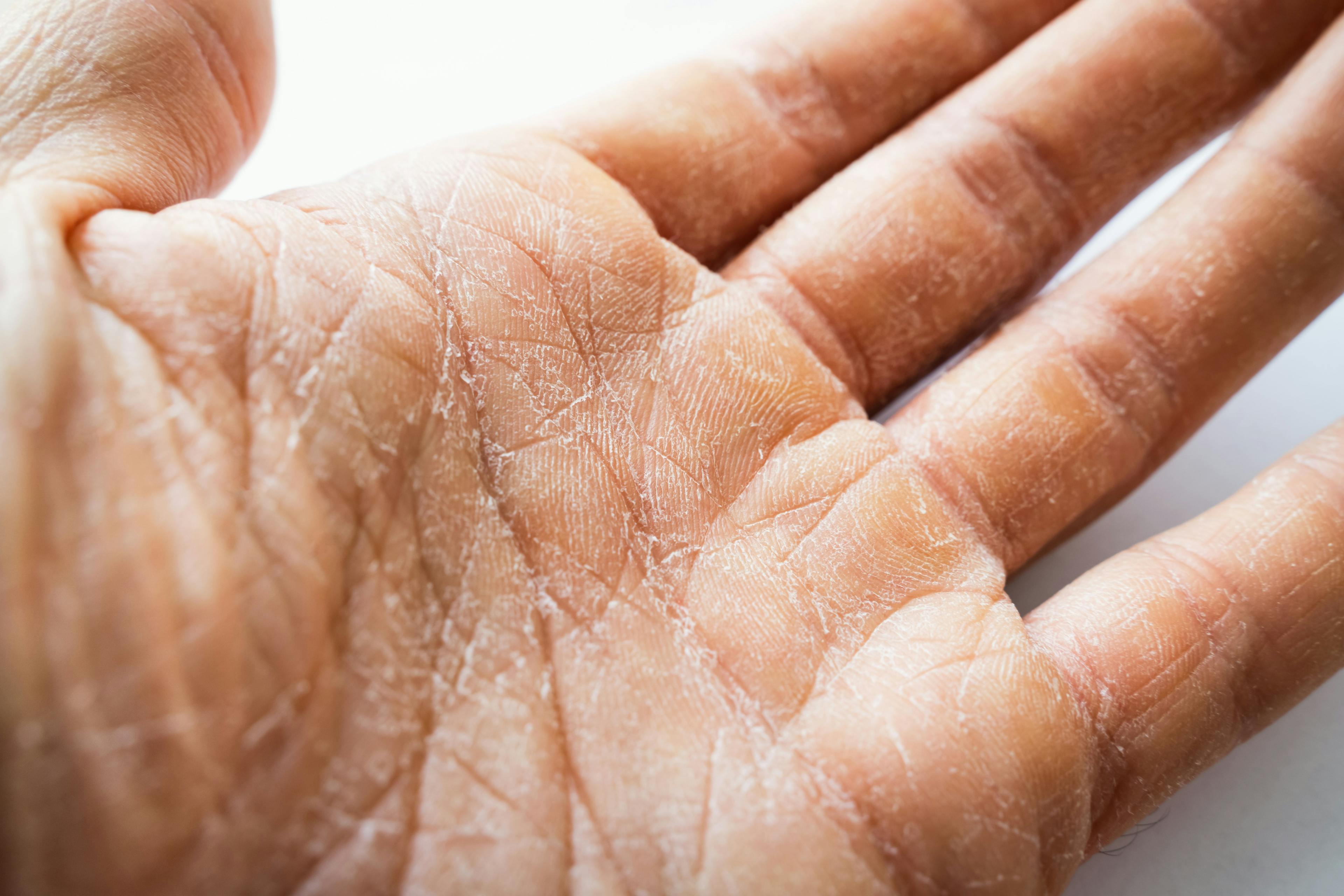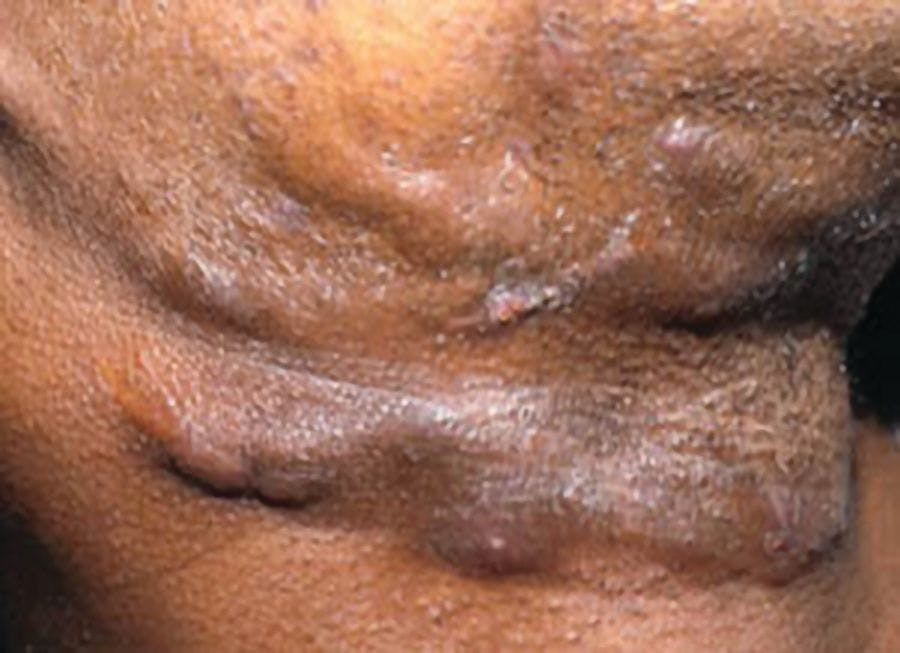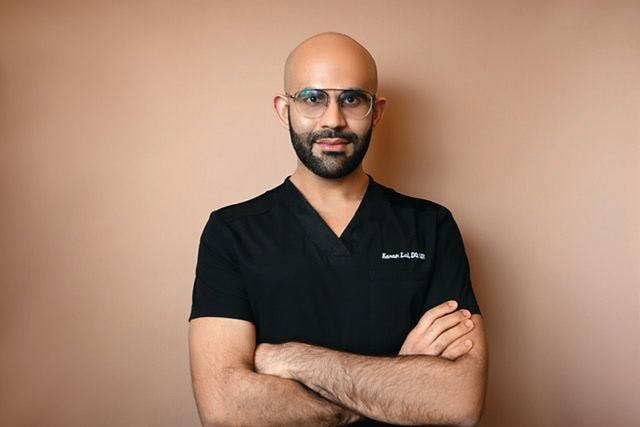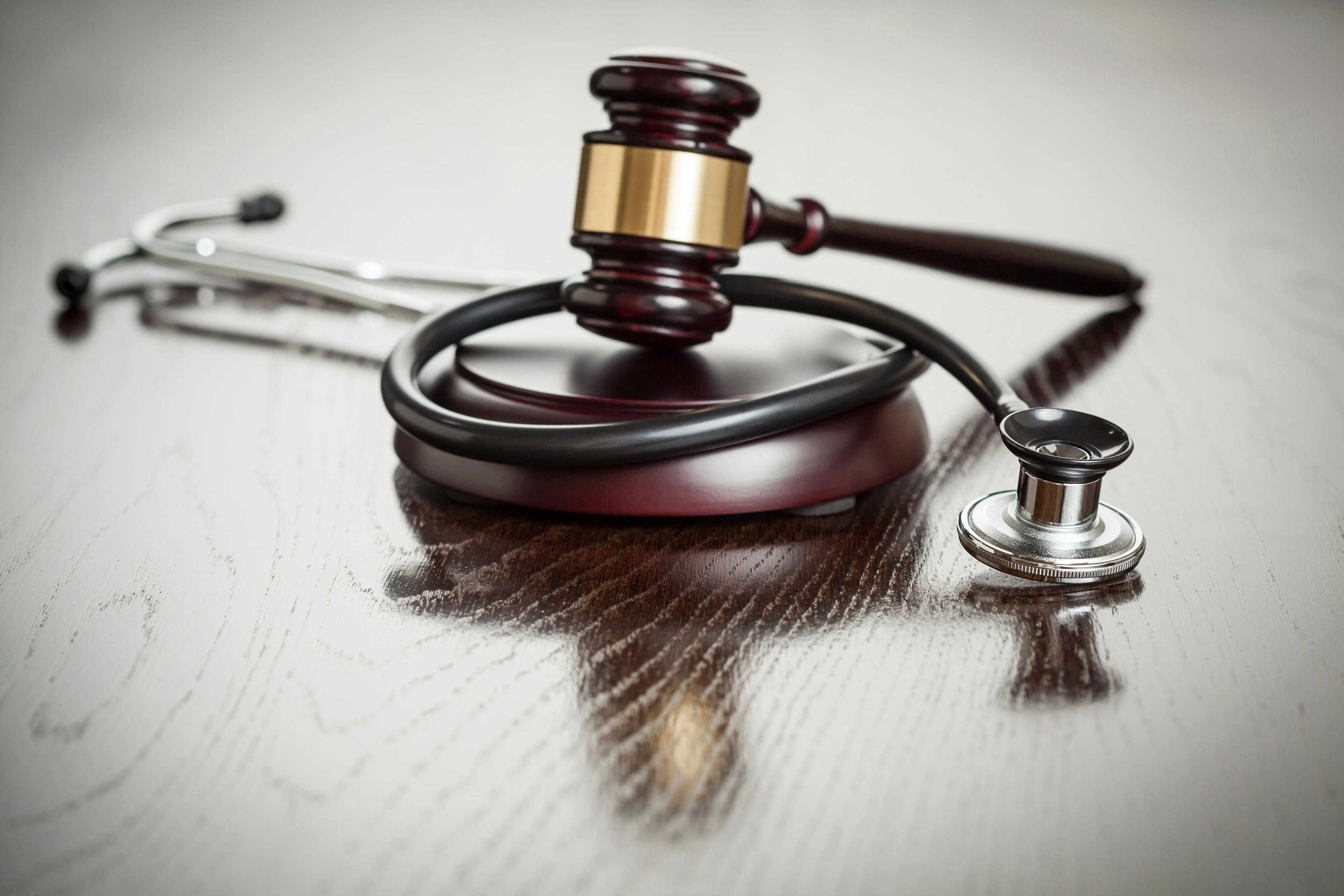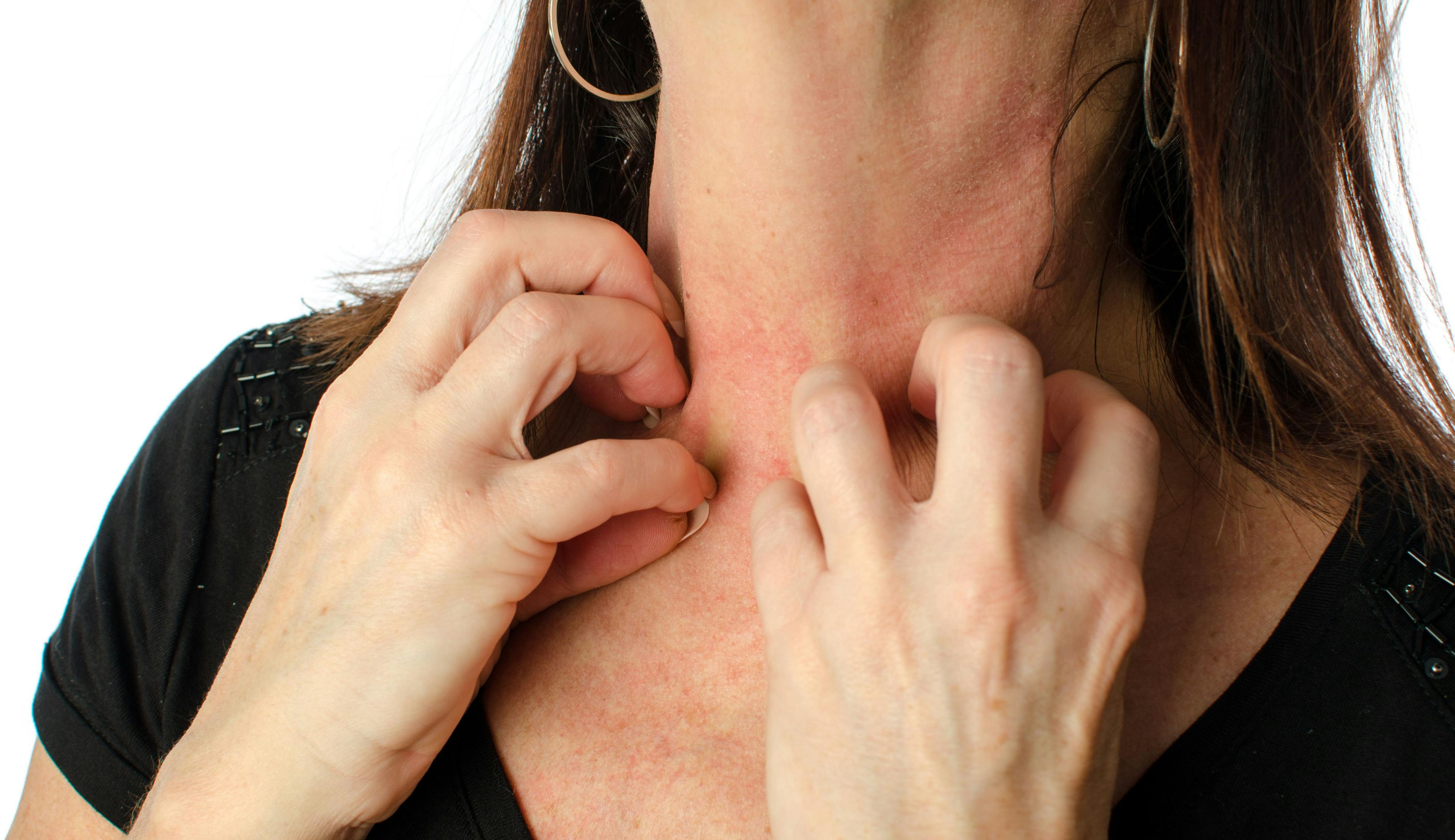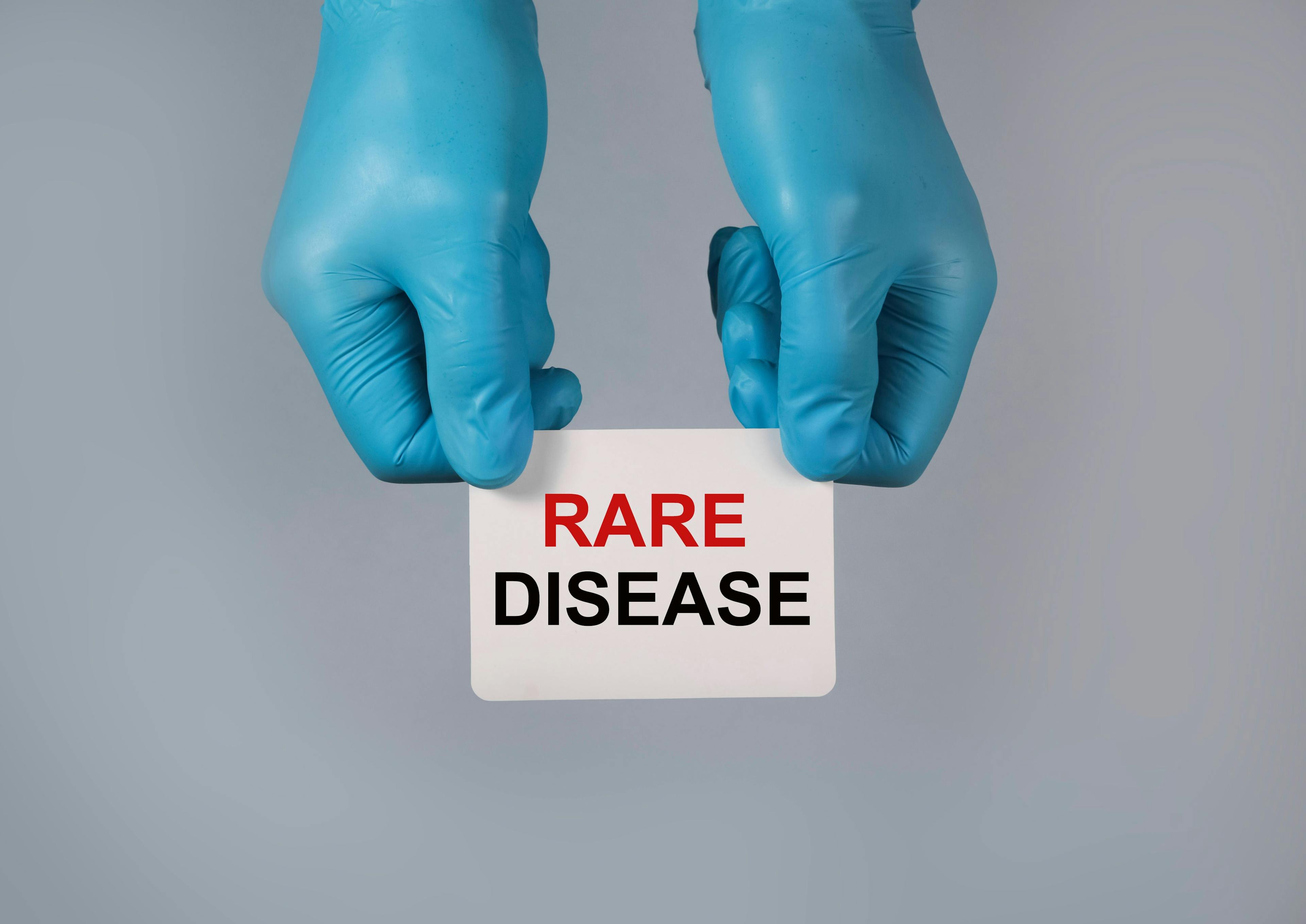- Acne
- Actinic Keratosis
- Aesthetics
- Alopecia
- Atopic Dermatitis
- Buy-and-Bill
- COVID-19
- Case-Based Roundtable
- Chronic Hand Eczema
- Drug Watch
- Eczema
- General Dermatology
- Hidradenitis Suppurativa
- Melasma
- NP and PA
- Pediatric Dermatology
- Pigmentary Disorders
- Practice Management
- Precision Medicine and Biologics
- Prurigo Nodularis
- Psoriasis
- Psoriatic Arthritis
- Rare Disease
- Rosacea
- Skin Cancer
- Vitiligo
- Wound Care
Publication
Article
Dermatology Times
Update on New Laser Treatments for Acne
Author(s):
Newly approved laser treatments can be an effective option for the treatment of this common skin disorder.
One of the most common conditions encountered by dermatologists,1 acne is a disorder of the pilosebaceous unit that is characterized initially by comedones, which can progress to papules, pustules, nodules, and even abscesses. Its pathophysiology consists of several processes, including follicular hyperkeratinization, microbial colonization, sebum overproduction, and inflammation. Because sebum is the substrate on which the bacteria that contributes to acne grows, the sebaceous gland plays a key role in acne pathophysiology. Some studies have shown that compared with normal patients, those with acne have both hyperseborrhea (elevated sebum) and dysseborrhea (altered sebum composition).2 These physiological changes favor Cutibacterium acnes overgrowth and biofilm formation, stimulate subsequent inflammation, and disrupt follicular barrier function, ultimately causing comedogenesis. As sebum and keratinocytes interact, a keratotic plug gradually forms and blocks the pilosebaceous ducts, creating a comedo, the precursor to most acne lesions.
Given this multifactorial pathophysiology, treatment options include topical and oral antimicrobials, topical and systemic retinoids, benzoyl peroxide, oral contraceptives, and oral antiandrogen therapies. Many acne regimens require months of topical and systemic therapies, have adverse effects (AEs), and lead to antibiotic resistance and to poor patient compliance. Concentration-dependent AEs like irritation are seen with topical therapies, and oral medications must be used cautiously in certain patients. In addition, many of these medications are effective at treating symptoms and flares but cannot prevent outbreaks.
It’s therefore imperative to augment the acne armamentarium with nonpharmacological therapies. Energy-based therapies have the potential to mitigate the AEs associated with traditional oral and topical treatments. Already in use to treat acne sequalae, the technology has recently been approved for mild, moderate, and severe acne.3,4 Laser therapy, specifically with the 1064 nm Nd:YAG laser, is beginning to be recognized as a safe and effective option that has the potential to work quickly with reduced rates of recurrence.5
A recent randomized controlled trial used a split face design to compare the efficacy of intralesional platelet-rich plasma (PRP) injections versus 1064 nm long-pulsed Nd:YAG laser and concluded that the laser was safe and effective for controlling inflammatory and noninflammatory acne lesions.6 Pulsed dye laser (PDL), which has been used to treat rosacea and port-wine stains, has also been studied in acne. A systematic review and meta-analysis found that 4 or more treatment sessions with PDL could significantly decrease acne severity scores.7 Compared with other devices, the Nd:YAG laser is supported by more high-level studies.8
The energy-based treatment of acne has improved with the recent approval of the AviClear (1762 nm wavelength) laser, which targets sebaceous glands and is the first device cleared by the US Food and Drug Administration (FDA) for mild-to-severe acne.9 Studies have demonstrated that selective destruction of sebaceous glands with electrothermolysis is a safe and effective method for treating acne.10 A randomized, controlled trial involving 63 patients showed that, compared with the control group, the treatment group—which received 3 electrothermolysis treatments at 4-week intervals—experienced a significant reduction of inflammatory acne lesions at week 12, as evaluated by 2 independent physicians.11
Such research studies have pioneered the treatment of acne with energy-based devices. “Sebum-specific wavelengths are the latest advances in device-based treatment for acne. These lasers are selective and penetrate deep enough to cause thermal damage to the pilosebaceous unit without heating surrounding skin and…provide long-term effective control of acne eruptions,” said Girish S. Munavalli, MD, MHS, FACMS, medical director of Dermatology, Laser & Vein Specialists of the Carolinas and assistant clinical professor of dermatology at Wake Forest School of Medicine.
Although these novel therapies offer great promise, their price may prove to be an obstacle for certain patients. By some estimates, these treatments can cost thousands of dollars per session.12 According to Munavalli, “out-of-pocket expenses for laser treatment of acne will continue to be the case, as they are unlikely to be insurance-reimbursable.” In addition, when offering these procedures, it is important to discuss the data on their long-term safety and efficacy. As Munavalli explained, although “long-term (greater than 1 year) data is still pending,” but looks promising for preventing the development of new acne.” Patients should be encouraged by this fact because preventing flares means inhibiting difficult-to-treat sequala like scarring and post-inflammatory hyperpigmentation.
Great progress is clearly being made with energy-based acne treatments. Given how common the condition is, innovative strategies are always welcome. But the technology may be particularly useful for patients with limited options, like those who are pregnant and cannot take advantage of most of the oral or topical therapies available. Moreover, energy-based therapy is often combined with other treatments and can have a synergistic effect. It will be exciting to see how this technology is integrated into the antiacne armamentarium. Although more research and long-term safety data are needed, this modality is a great innovation in the effective treatment of acne.
References
1. Marson JW, Baldwin HE. New concepts, concerns, and creations in acne. Dermatol Clin. 2019;37(1):1-9. doi:10.1016/j.det.2018.07.002
2. Cong TX, Hao D, Wen X, Li XH, He G, Jiang X. From pathogenesis of acne vulgaris to anti-acne agents. Arch Dermatol Res. 2019;311(5):337-349. doi:10.1007/s00403-019-01908-x
3. Akerman L, Mimouni D, Nosrati A, Hilewitz D, Solomon-Cohen E. A combination of non-ablative laser and hyaluronic acid injectable for postacne scars: a novel treatment protocol. J Clin Aesthet Dermatol. 2022;15(3):53-56.
4. FDA clears Cutera’s AviClear™ acne device. News release. Business Wire. March 25, 2022. Accessed September 9, 2022. https://www.businesswire.com/news/home/20220317006022/en/FDA-Clears Cutera%E2%80%99s-AviClear%E2%84%A2-Acne-Device
5. Chalermsuwiwattanakan N, Rojhirunsakool S, Kamanamool N, Kanokrungsee S, Udompataikul M. The comparative study of efficacy between 1064-nm long-pulsed Nd:YAG laser and 595-nm pulsed dye laser for the treatment of acne vulgaris. J Cosmet Dermatol. 2021;20(7):2108-2115. doi:10.1111/jocd.13832
6. Moftah NH, Mansour AM, Ibrahim SMA. Clinical evaluation of efficacy of intralesional platelet-rich plasma injection versus 1064 nm long-pulsed Neodymium:YAG laser in the treatment of inflammatory acne vulgaris in adolescent and post-adolescent patients: a prospective randomized split-face comparative study. Lasers Med Sci. 2022;37(5):2471-2478. doi:10.1007/s10103-022-03510-6
7. Yang TH, Li CN, Huang YC. The efficacy of pulsed dye laser treatment for acne vulgaris: a systemic review and meta-analysis. Dermatol Surg. 2022;48(2):209-213. doi:10.1097/DSS.0000000000003345
8. Li MK, Liu C, Hsu JTS. The use of lasers and light devices in acne management: an update. Am J Clin Dermatol. 2021;22(6):785-800. doi:10.1007/s40257-021-00624-5
9. AviClear™. Cutera. Accessed September 20, 2022. https://www.cutera.com/solutions/aviclear/
10. Wu X, Yang Y, Wang Y, et al. Treatment of refractory acne using selective sebaceous gland electro-thermolysis combined with non-thermal plasma. J Cosmet Laser Ther. 2021;23(7-8):188-194. doi:10.1080/14764172.2022.2050760
11. Ahn GR, Kim JM, Park SJ, Li K, Kim BJ. Selective sebaceous gland electrothermolysis using a single microneedle radiofrequency device for acne patients: a prospective randomized controlled study. Lasers Surg Med. 2020;52(5):396-401. doi:10.1002/lsm.23152
12. Baker A. I tried the $5,000 FDA-approved laser treatment for acne. Popsugar. August 9, 2022. Accessed September 20, 2022. https://www.popsugar.com/node/48913288
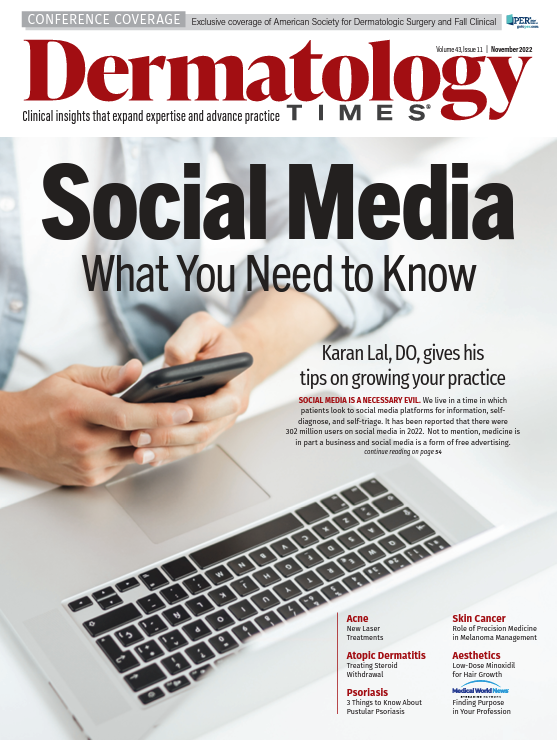
Newsletter
Like what you’re reading? Subscribe to Dermatology Times for weekly updates on therapies, innovations, and real-world practice tips.

